It can seem hard to set goals when you can’t see what’s ahead.
At Crabwalk, we aim to help successful professionals move forward. In order to move forward towards something, we have to set a direction for where we want to go.
Without a specific direction, we wouldn’t have anything to measure our progress against and know if we’re actually getting anywhere. The consequence of this is that you’ll likely waste energy, resources, and time flailing in place.
But what if the road’s not clear?
First let us level with you, most of the time the road is not going to be clear. You’re going to encounter a lot of fog along your route because of small and big forces you cannot control.
So, how do you not let yourself get stopped before you get started?
Acknowledge what might be stopping you - say it out loud, say it to a trusted friend, and know you’re not alone in your doubts. We hear these hangups a lot:
“I need a big goal or it’s not worth it.”
“I can’t set a goal because I don’t know what I want.”
“If I put a goal down, I can’t change it.”
“If I fail, I’m a failure.”
“I don’t know where to start.”
Onto the goal setting exercise.
Step 1: Set an ideal outcome for 6 months from today
You’re not just setting a goal, but an ideal outcome. What’s the difference? We use the phrase ideal outcome so you can THINK BIG. Don’t limit yourself but think about what your dream world would be 6 months from now. Take a minute to close your eyes and let your imagination flow. What would change your life in 6 months? How would achieving this impact those around you?
EXAMPLE: In 6 months, I have a clear plan of how to transition out of my current role. I have a profile of my ideal role and my ideal company, and I feel confident in knowing how I will get there. I would have so much less daily stress and feel really excited and confident about my future and my career.
Step 2: Back into where you’d need to be 3 months from today
Again, here you can close your eyes and picture yourself 3 months down the road. What have you accomplished? What are you now able to do? How does that help you stay on track for your 6 month goals? Your goals will start to get a little bit more specific here.
EXAMPLE: In 3 months, I have told the relevant people in my life that I am seeking to leave my current role and transition into something new. I am confident in asking them for help so I don't have to go through this alone, and have the logistical and emotional support that I need throughout my search process.
Step 3: Set a SMART 6 week goal
Now we have some direction and know where we want to head. What is an achievable 6-week goal that will set me up for success in achieving my 3 month goal? When setting this goal, make sure it fits the (age old) SMART framework.
SMART goals are:
Specific
Measurable
Achievable
Relevant
Time oriented
EXAMPLE: In 6 weeks, I feel less overwhelmed by the upcoming job search process that I know I want to go through. I have clear steps that I need to take to be able to leave my current job.
How did you do?
Success is writing a goal down - so if you wrote any goal at all down, then congratulate yourself - you’ve begun your Crabwalk!
Want to download our guide on how to set goals when the road is not clear?

